Study, work or travel in the UK. British
culture and life.


Guide for visitors to Paris
|
|
Study, work or travel in the UK. British
culture and life.
|
|
||
|
|
|
|
||
 |
||||
 |
||||
|
Guide for visitors to Paris
|
||||
|
Sections:
|
Introduction | |
| Visa | ||
| Money | ||
| Eurostar | ||
| Metro | ||
| Taxi | ||
| Bus | ||
| Electricity | ||
| Telephones | ||
| Further information | ||
| Links |
|
INTRODUCTION
|
 |
Paris
(Eyewitness Travel Guides) (guidebook) Author: Alan Tillier Publisher: Dorling Kindersley Date: February 2007 |
|
Paris:
Pocket Map and Guide (map/guidebook) Publisher: Dorling Kindersley Publishers Ltd Date: February 2006 |
 |
Paris
- An Insider's Guide (DVD; BBC series) Presenter/author: Sandrine Voillet Studio: 2 Entertain Video Date: July 2007 |
 |
"Time
Out" Paris (guidebook) Author: Peterjon Cresswell Publisher: Time Out Group Ltd Date: February 2007 |
|
VISA
|
|
MONEY
|
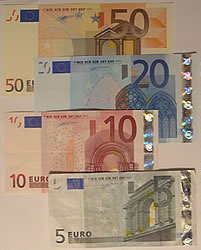 Notes: 50, 20, 10 and 5 euros |
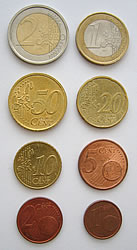 Coins: 2 euros, 1 euro, 50, 20, 10, 5, 2, 1 cents |
|
EUROSTAR
|
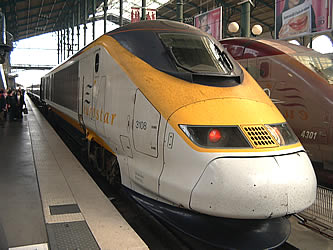 |
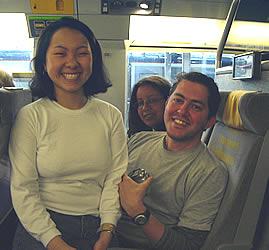 |
|
METRO
|
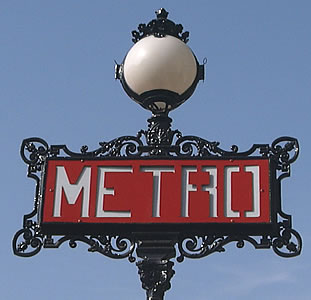 Old-style metro entrance sign |
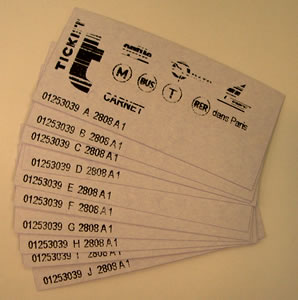 A "carnet" of 10 metro tickets |
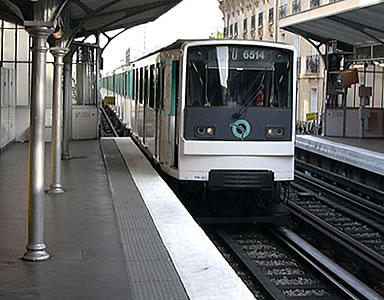 Metro train |
|
TAXI
|
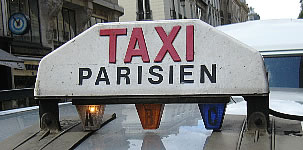 |
|
BUS
|
 |
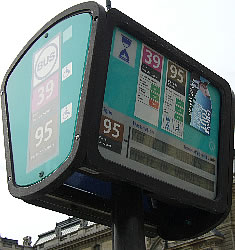 |
|
ELECTRICITY
|
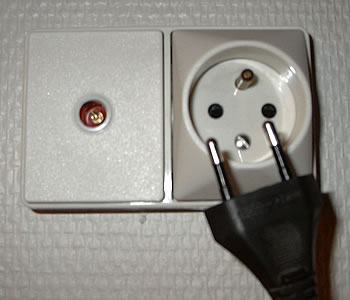 |
|
TELEPHONES
|
|
FURTHER INFORMATION
|
|
|
|